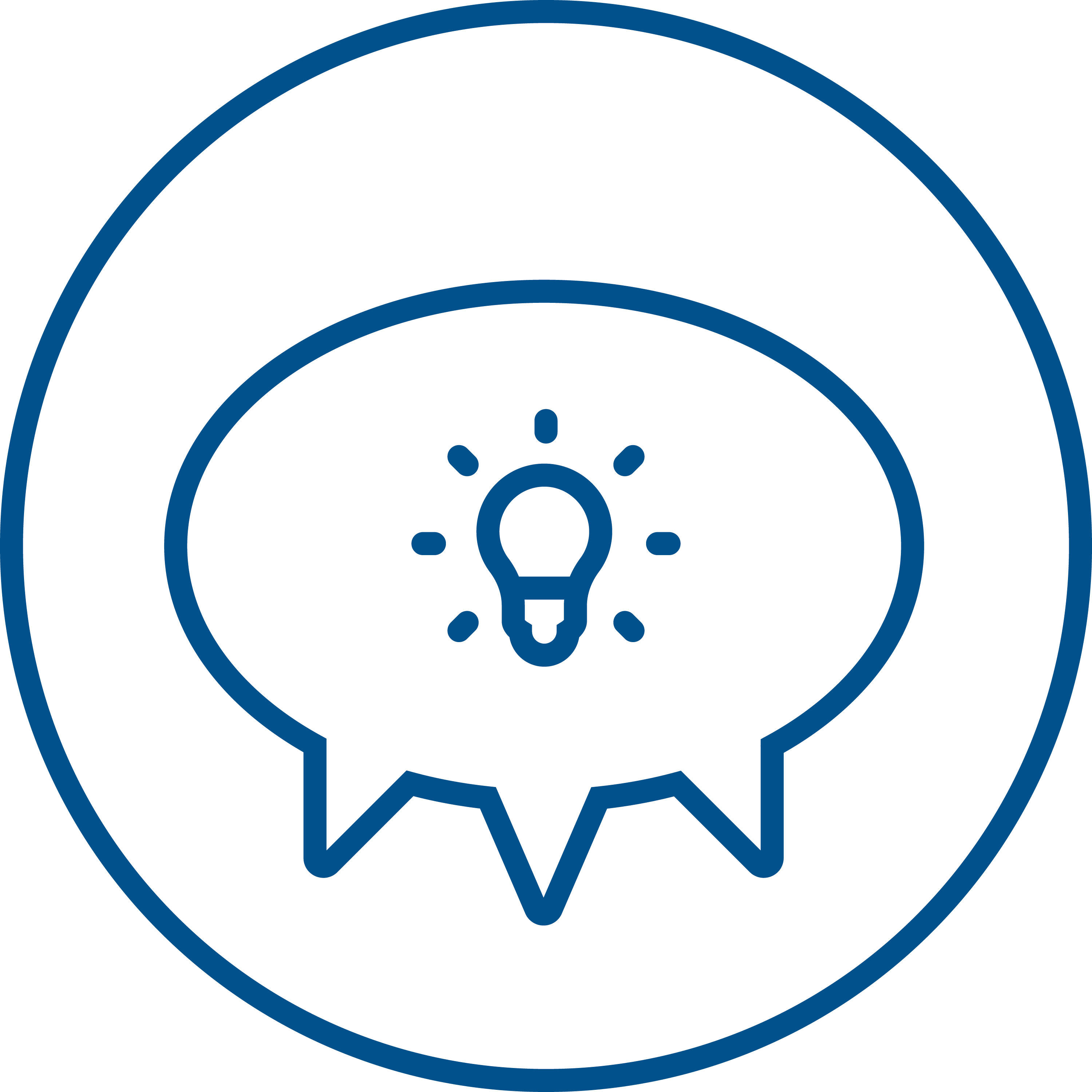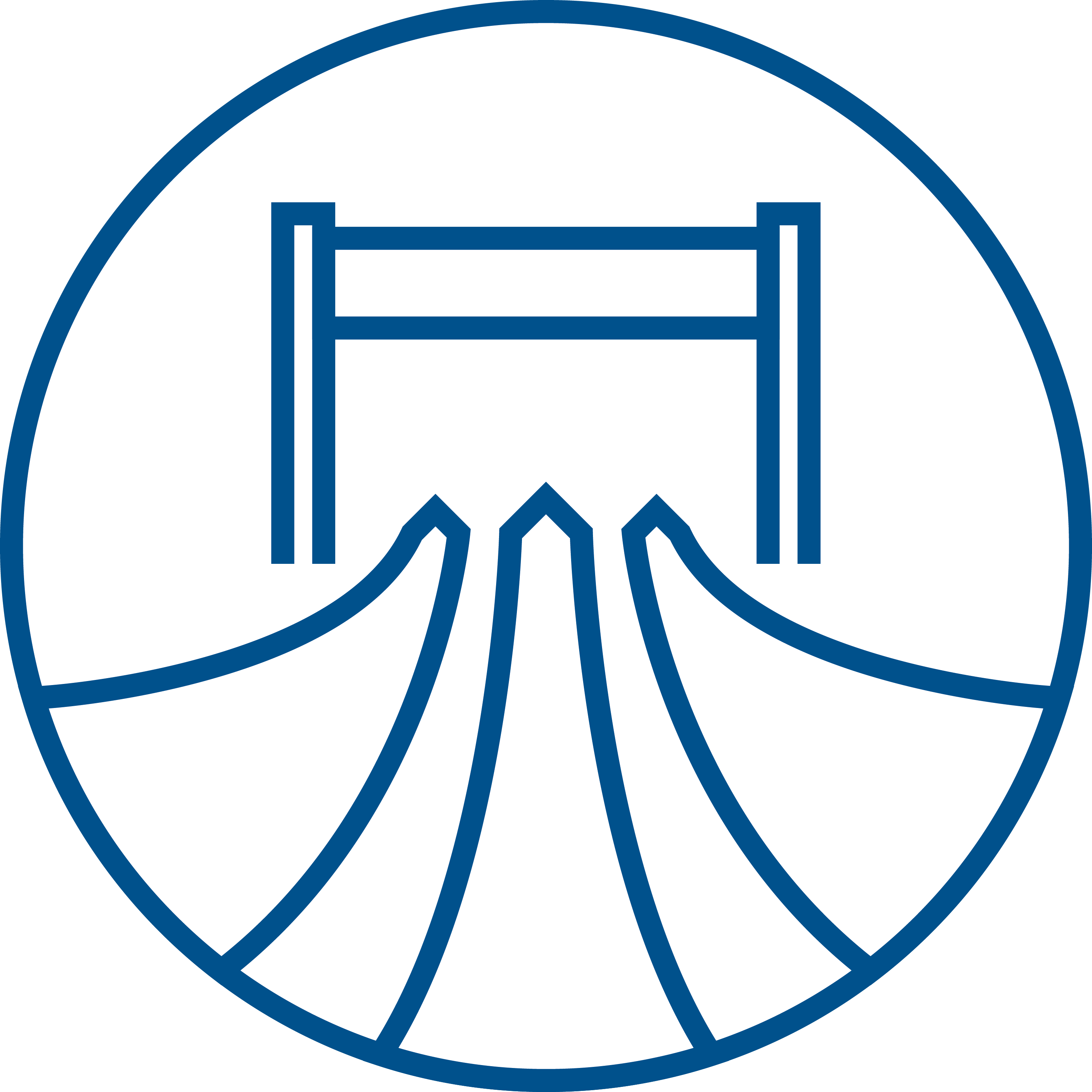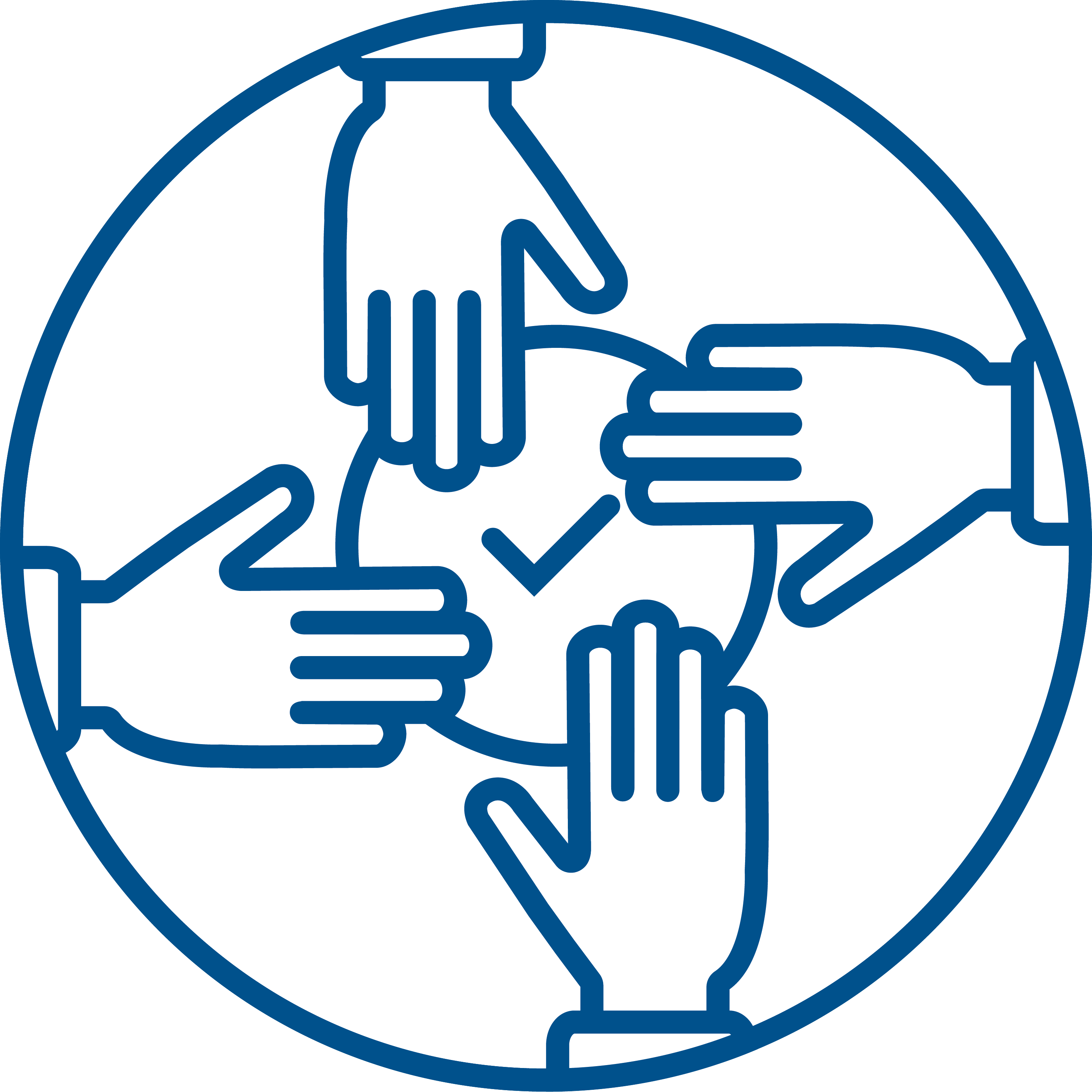
Wound assessment platform, Denmark |
|---|
Holistic approach on wound assessment creates effective treatment
The increasing number of patients with foot and leg ulcers means that it is crucial to find more effective ways to treat and deliver treatment. Region of Southern Denmark and southern Danish municipalities are cooperating on a wound assessment platform, which benefits a lot of patients.
Region of Southern Denmark and the 22 southern Danish municipalities entered into a co-operation agreement in 2018, which systematizes the co-operation between the region, the municipalities, and the general practitioners regarding the use of telemedicine wound assessment.
The wound assessment platform is where the contact takes place over distance between the citizen, the wound nurse in the municipality and wound specialists at the hospital, which communicates via a digital wound platform. The consultation consists of a wound image taken from the citizens home and a text that describes the wound and the citizen's condition sent via a closed system (for the sake of data security) to the wound outpatient clinic.
Telemedicine wound assessment platform are used to assess different types of complex wounds and has been implemented in all Danish municipalities and regions as part of the financial agreement of 2013 and the National Action Plan for the spread of telemedicine.
The collaboration agreement between Region of Southern Denmark and the 22 southern Danish municipalities has increased quality through timely efforts and a rapid treatment plan for patients in cross-sectoral treatment courses. When treated in their own immediate environment, the patient has, in addition to a relatively short hospital stay, been saved from transport time to hospital, been able to benefit from their social network and working citizens have been better able to look after a job.
There will be more diabetic and venous wounds in the future because the population in Denmark in general is getting older. This puts pressure on the health system's resources. At the same time the number of patients with chronic diseases such as diabetes are growing and in 2012 there was approx. 320,000 Danes diagnosed with diabetes.
Same treatment – new ways to deliver it
The increasing number of patients with foot and leg ulcers means that it is crucial to find more effective ways to treat and deliver treatment. With telemedicine, time and money can potentially be saved in the treatment, while the patient has access to a faster and more flexible treatment of high quality and with fewer visits to the hospital and with more follow-ups at home.
The service includes a common system for cross-sectoral sharing of medical records and intends to support the citizen's course through strengthened communication and handover at sector transitions, as well as contribute to an overall picture of the patient's wound development across sectors. The work through the platform has increased wound professional competencies and sharpened focus on cross-sectoral collaboration.
The purpose of the implementation of telemedicine wound assessment was to free up time in both municipalities and regions for new tasks, as well as streamlining and improving the quality of the treatment. Evaluation has identified that the wound nurses take care of more tasks than before but can treat more patients. The municipal wound nurses have experienced an increase in competence, and the close collaboration with the hospital makes the hospital staff more confident by leaving more tasks to the municipal wound nurses. The hospitals do not experience more time as result of the service, but the same number of outpatient visits. However, the hospitals experience fewer routine checks and more patients with complicated wounds.
Treatment and care of complex foot and leg ulcers is resource-intensive and often ends up with a long treatment progress. The cross-sectoral cooperation between municipalities and hospitals optimizes the processes and health professional’s time. Specialists in the hospitals spend their time on assessment of the wounds digitally while the health personnel in the municipalities take care of the actual wound treatment locally or at home with patients.
Improves wound specialist knowledge
Telemedicine wound assessment does not change the treatment of ulcers but improves the execution and ensures that wound specialists in the hospitals can share their knowledge with nurses in the municipalities. A municipal wound nurse looks after the patient in their own home or at the municipal health centers and sends one picture of the wound to the doctor or the nurse at the hospital via the digital wound database. The staff at the hospital can then provide specialized advice on the further action without the patient having to attend to the same degree physically up to all outpatient visits to the hospital.
It is important to draw attention to the network cooperation established between the municipalities and the wound nurses where knowledges sharing is the main focus. The network cooperation aims to keep focus on how to improve the usage and the continued implementation of the platform, but not at least how to improve the mindset on cross sectorial cooperation. There are appointed ambassadors in the municipalities that support the continued implementation and lift in competences among the wound nurses.
It is also through the network cooperation between the municipatalites and the wound nurses that the feedback from the patients are recived regarding the benefit of the treatement are collected. These inputs from the patients are collected and used to improve the use of the service.
Implementation of telemedicine wound assessment in Region Southern Denmark has been twofold. Organizationally, the platform has changed ways of cooperation, processes and roles across sectors as well as strengthened the competence development of professionals, including the training of wound nurses. A better communication between health care professional groups across of the municipal and regional sector allows faster intervene and change if needed. The close and ongoing dialogue about the treatment with the specialists at the hospital make patients and staff safe, even when the treatment is primarily performed by the municipal wound nurse. The wound nurses enter into dialogue more easily and more quickly with the specialists at the hospital using the platform. In some places patients have read access to the platform, so they can follow closely the course of action which gives a greater sense of co-responsibility for the treatment and supports the healing process.
A digital platform, which is developed and adapted for the project. Here specific documentation is gathered in the treatment and care of wounds for the individual patient. The wound database is used across health professionals and sectors – primary sector, regions, and municipalities.
Success factors
The key success factors and reflections from the wound assessment network up until now is many and below are some of the major findings and components identified:
- The network around the wound assessment has helped to increase focus on the mindset of cross sectorial collaboration thinking. In the beginning it might be unconsciously, however, over time the holistic approache to service the patient has resulted in understanding the benefits in involving all parties around the patient like in a quadruple helix model, where the four major actors in this model are the citizen, primary care, secondary care, and education institutions.
- Furthermore, it is important to communicate and explain to the citizen and the health professionals about the ‘Big why’ – Why are we implementing the service and what are the benefits from doing so? From the beginning this requires involvement from of all parties – citizen, professionals, and management – through i.e., user centered design and development, ambassadors and/or front runner support. Experiences also shows that there should be a much higher focus on the management role in the implementation of the new services and solutions. The management should set the vision and frame for ‘The Why’ and ensure achonring in the organization by clear communication.
- Building new competences with the health care professionals is crucial to the success of the network. The wound assessment implementation has had more focus on culture, workflows and developing competences by an 80 percent/20 percent approach where 20 percent has been regular classroom education and 80 percent has been onsite training and development of competences.
- Additionally, there is an increase knowledge among the citizens about the opportunities within technology and data and they would like to use this knowledge in their self-management. On the other hand, there has been a ‘techno fatigue’ among the health professionals and the challenge has been to dissemble the excessive respect for technology on this side.
- Wound assessment has shown that there is a high degree of trust in the model and service among the citizens. They feel more empowered and independent and have experienced improved quality of life due to less time spend at the hospitals.
- The service has also been optimizing the trust between the municipalities, region and primary sector. It is the technology and data that have imposed the cross-sectional collaboration even though the health care professionals have less trust and have more difficulties navigating due to outstanding system and technology integration.
- Trust has also been established by forming different clusters and user groups with the purpose of securing a constant usage, knowledge, and implementation of the solution. Municipalities and different participants get the opportunity to be a part of the different groups so trust, communication and cooperation can be established.
Statements for citizens and health professionals
Citizen
”It was a big upheaval for me to suddenly be a wound patient and I was home for a long time. I was afraid of losing my leg. When the wound will get a little better I would like to return at work as a train driver, but then I would not have time to commute to the hospital every other day. The platform made it possible for me to take care of my work because the treatment took place close to my home”. Male patient
”It has been really good to be able to follow the development of healing so close through the course of the treatment. I had bought plane tickets for Canada and was in doubt as to whether I could travel if the wound did not heal. Bente, my wound nurse, could by using the platform calculate the wound's healing time and give me 'permission' to travel. I managed. When I arrived, I sent her a landscape foto from Canada - of course via the platform”. Male patient
Health profesionals
”The best results for Telemedicine Wound Assessment is when telephone contact is maintained with the citizen alongside ulcer treatment.” Wound Nurse, Kolding Municipality
”Wound assessment allows for rapid initiation of appropriate treatment in case of acute aggravation” Wound Nurse, Kolding Municipality
”Telemedicine cross-sectoral ulcer assessment helps create equality in health” Wound Nurse, Kolding Municipality
Facts about the model area
Name of regional network | Region of South Denmark |
Area in km2 | 12.191 km2 |
Population – number of inhabitants | 1.2 mio |
When the network was established | 2012/2018 |
Number of municipalities in the network | 22 municipalities |
Number of hospitals in the network | 4 somatic and 1 psychiatric |
Target group | Citizens with ulcers |
Number of users | 3163 and growing |
Useful links
Below you will find links to documents or platforms that could be useful to dive into for more details.


